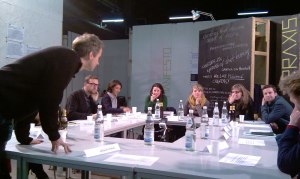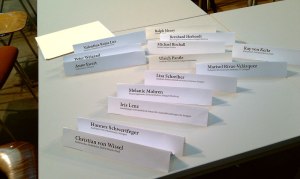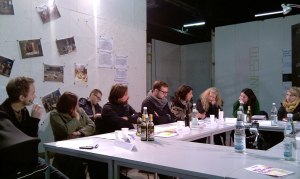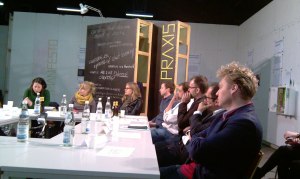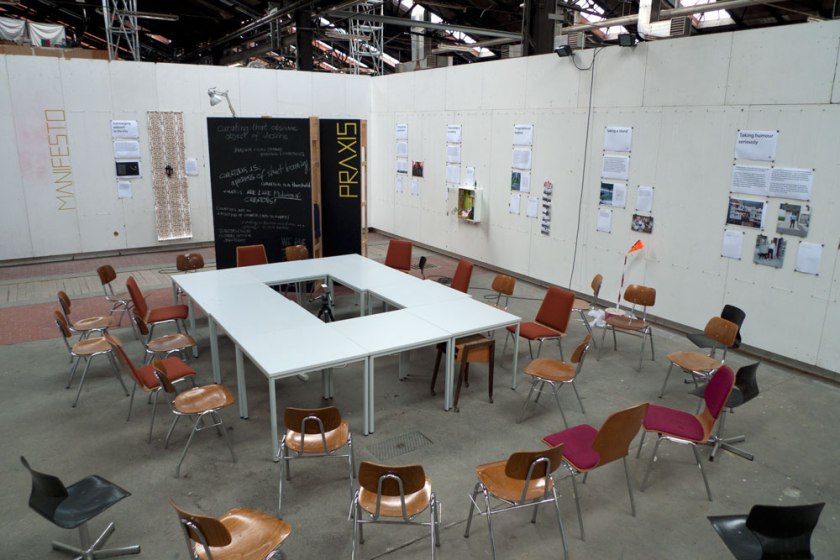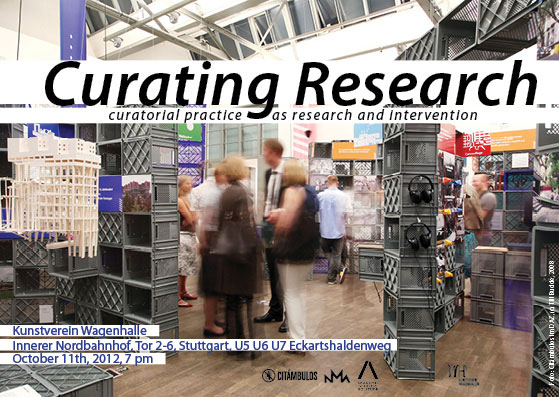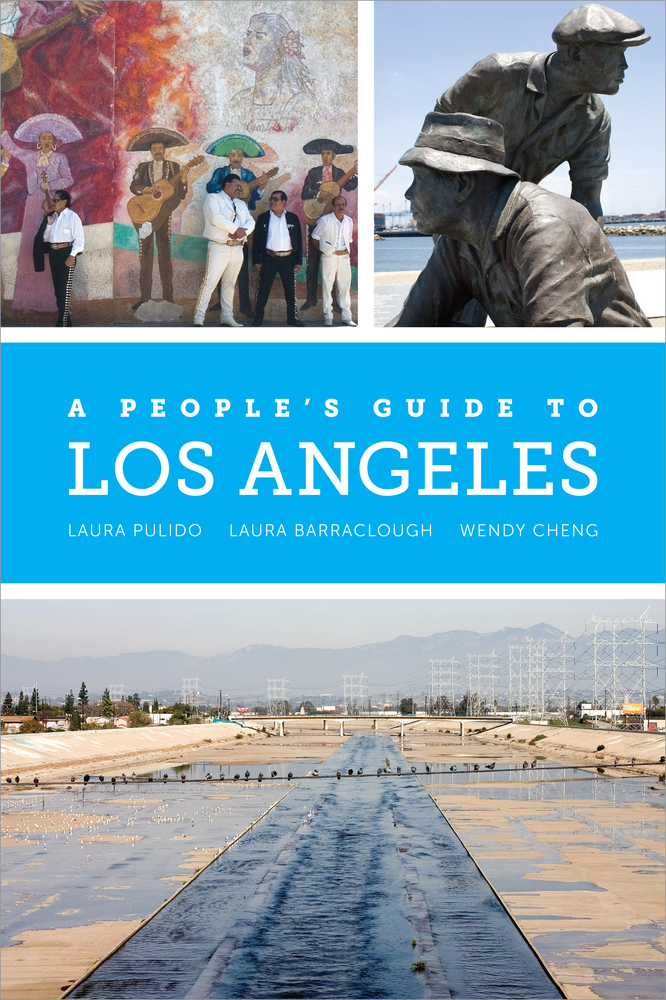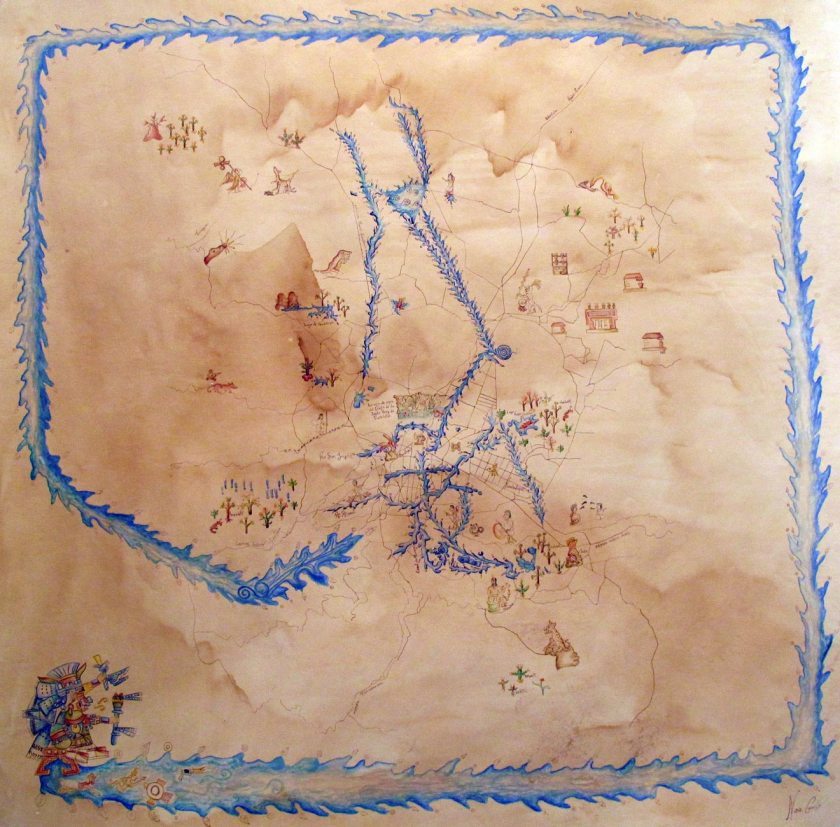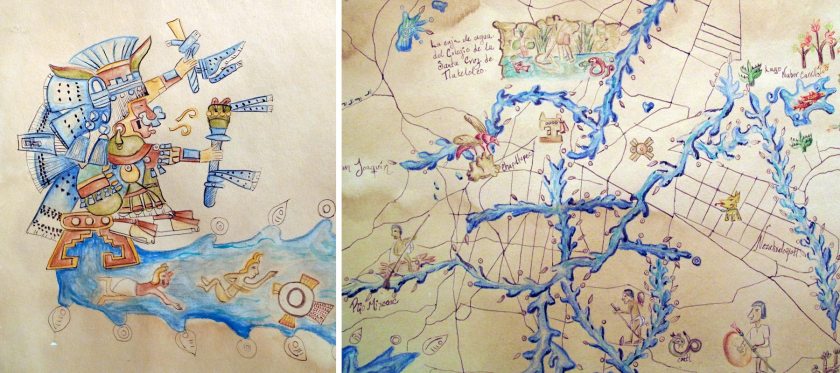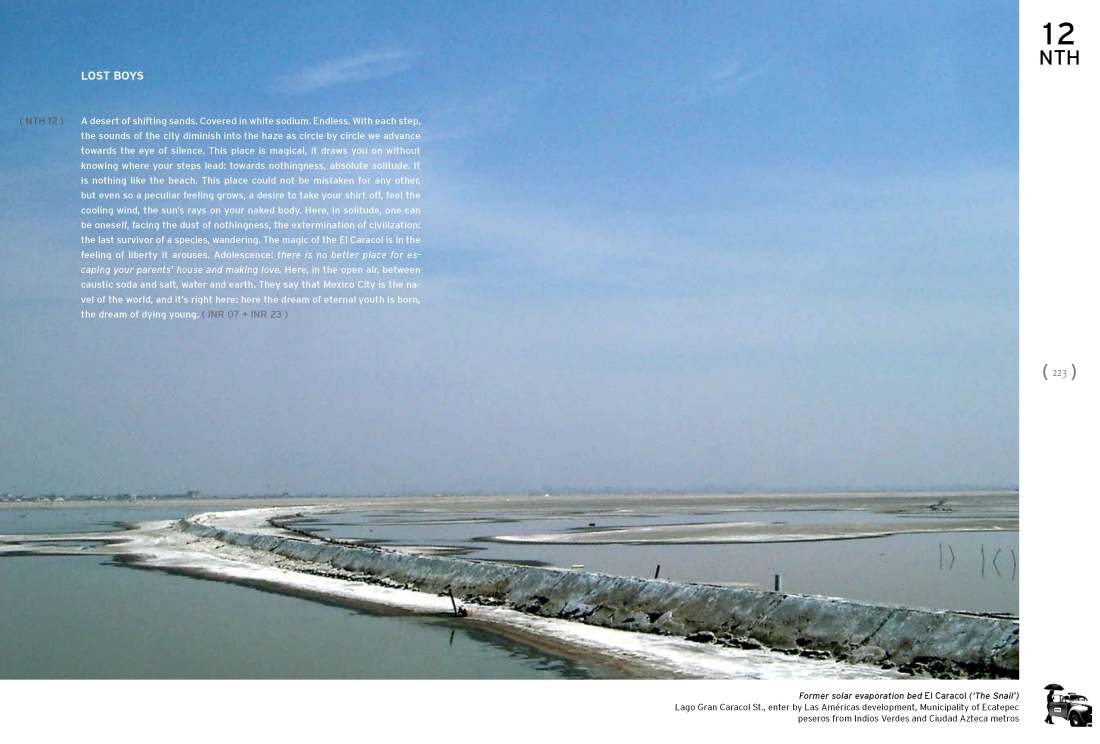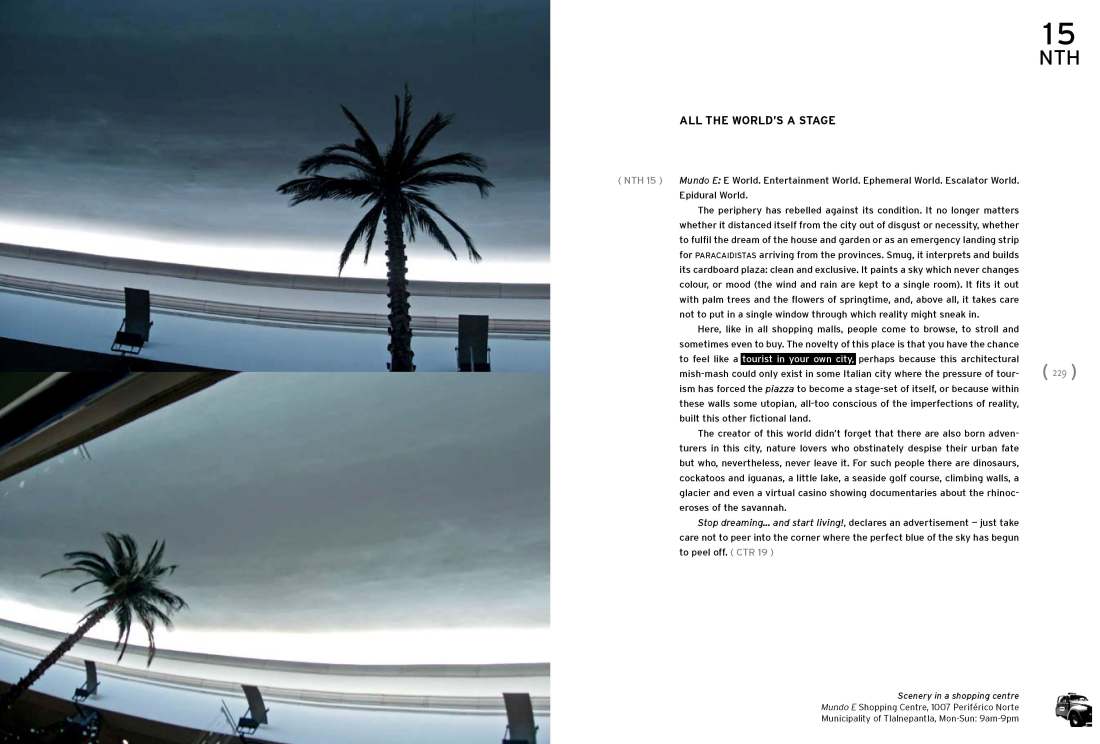Submerging yourself in the city
The city is an experience that involves all the senses. All too often, however, the act of perception is reduced to what we can see: sound, touch, smell and taste are left to the unconscious. With this in mind: let the city soak through our skin!
The art of listening
Curating the city is above all the art of listening to what the city, its inhabitants, objects and different entities have to say.
Remarking the unremarkable
Looking up at the rooftops, looking down at the cracks in the pavement, taking the time to notice hidden things… It is not just the unusual or bizarre that’s interesting. Calling attention to the unremarkable allows discovering the city out of everyday practice and questioning what is treated as normal.
Turning things upside down
Turning things upside down can work as a vehicle to transform our perception of the city and open up new ways of relating to it, or talking about its problems.
Acknowledging complexity
The practice of curating always faces the temptation to produce rounded and synthesized overviews. However, when working with particularly complex phenomena such as cities, we must learn to acknowledge their evolving nature and productive contradictions.
Imagination as method
The pretence of objectivity in research has come to an end. Subjective imagination creates hidden meanings and adds new dimensions to the urban. This enables us to re-signify what we find and to participate in the unfolding idea of the city.
Taking a stand
Any documentation of life is an interpretative and highly subjective compilation of a selective set of phenomena. When investigating the city we never cease being its inhabitants, taking up a particular position and perspective.
Taking humour seriously
The work of Citámbulos has been punctuated by fits of laughter. There is no doubt that this is because our subject, Mexico City, itself thrives on humour. This humour is to be taken seriously: it provides an X-ray of the city’s mood and means of self-preservation. Researchers need to attune themselves with such mood and match their work to the personality of the city.
Transgressing borders
The city comprises many practices and perspectives. Curating the city means disregarding established borders and making rival professional, spatial and social viewpoints converge. In this light, the very idea of the “artwork” can also be blurred.
Connecting concepts
The multiple aspects of the city connect in many more ways than simply by geographical location. Tugging at the invisible strings that link up different phenomena helps to grasp the volume and complexity of cities as well as to unveil the forces that define them.
Creating a public sphere
Citámbulos believes that the practice of the city begins with the practice of the public sphere. Curating the city means creating platforms where the city is being discussed as a common concern and collective project.
